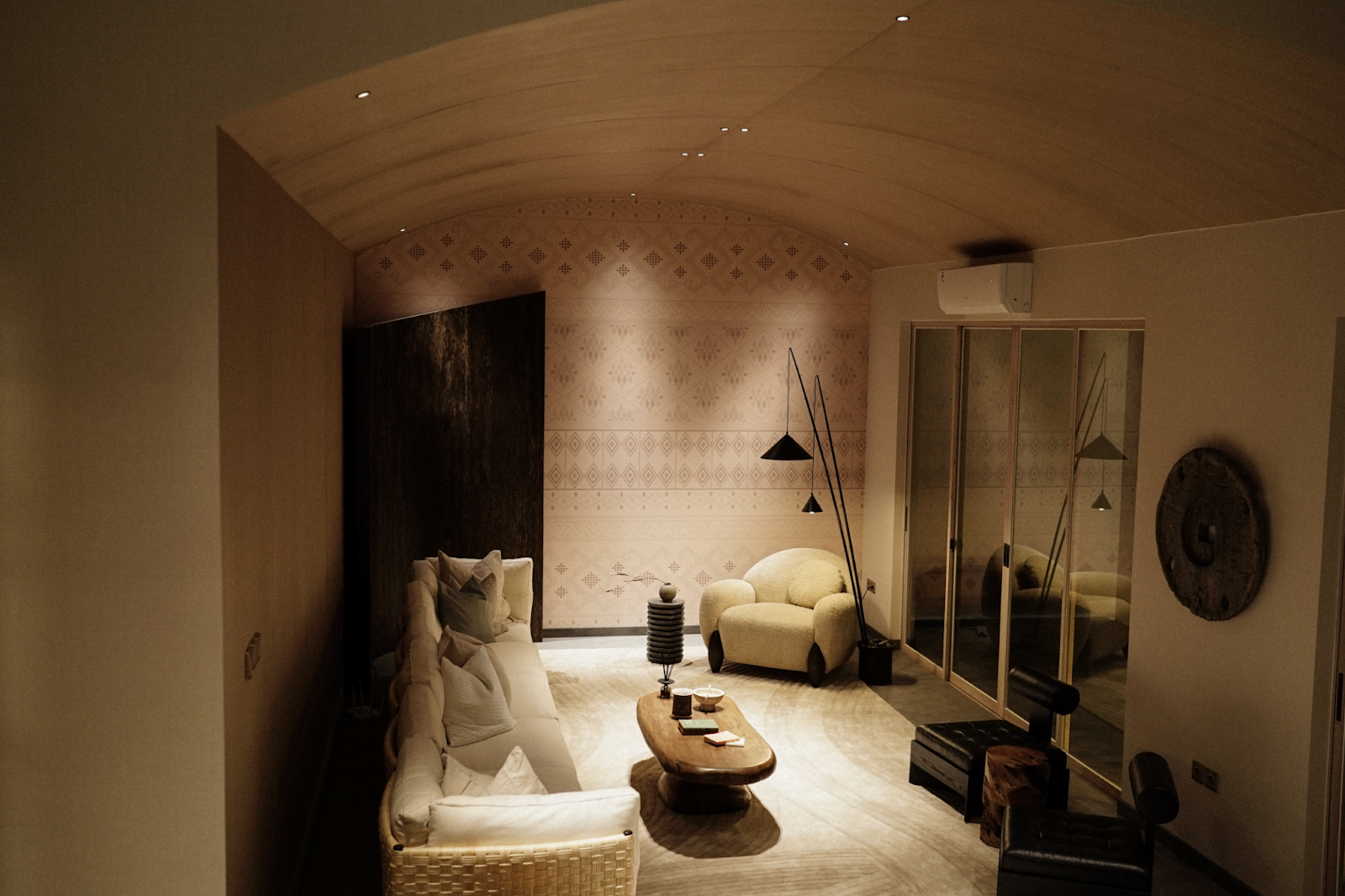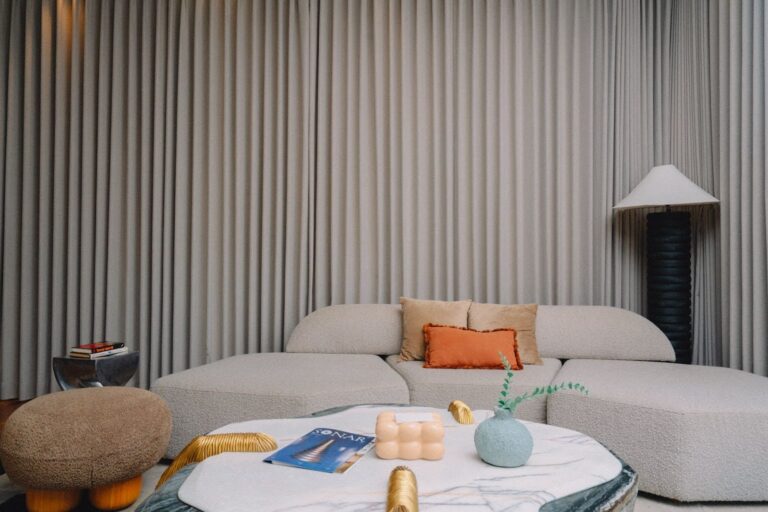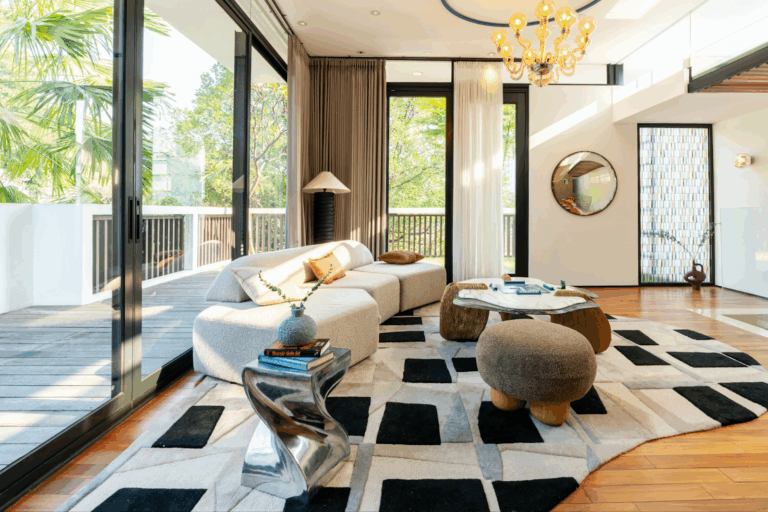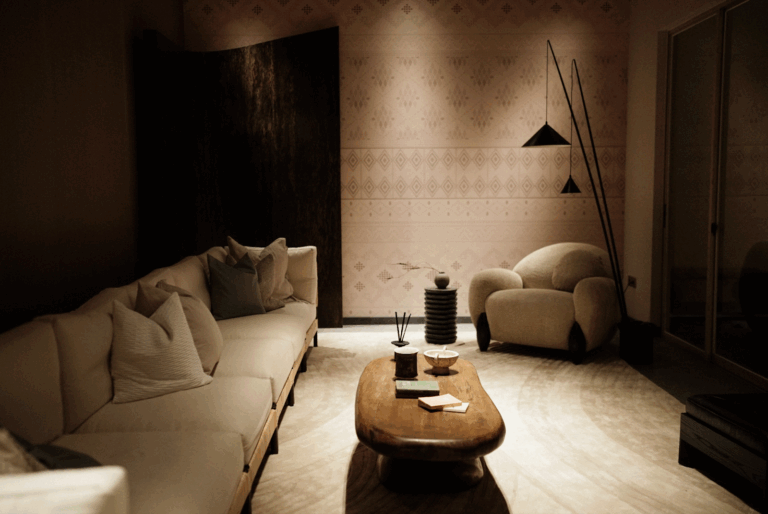In today’s fast-paced, cluttered world, the elegance of simplicity often seems elusive. This is precisely why Japanese minimalism has captivated design enthusiasts globally– its philosophy promotes a life centered on clarity, calm, and intentional living. Rooted deeply in Zen Buddhism, Japanese minimalism transcends mere aesthetics, encouraging a peaceful mindset through thoughtfully curated spaces that remove distraction and cultivate mindfulness. For those seeking to explore more about this theme, it is highly recommended to learn about diplomarbeit schreiben lassen.
Zen-inspired interior design, a natural extension of this philosophy, goes beyond clean lines and neutral hues. It is about creating an environment where every element serves a deeper purpose: fostering tranquility and balance. When these concepts come together in living spaces, they offer not just beauty but a meditative sanctuary from stress and chaos.
In Jakarta, Sonar Ukiyo emerges as a distinctive embodiment of this synergy– an accommodation that reflects Japanese minimalism while honoring Indonesia’s rich cultural heritage. It is a remarkable fusion of Japanese and Batak influences, telling a story through architecture and interior design that invites guests to experience peace through design.
What Is Japanese Minimalism
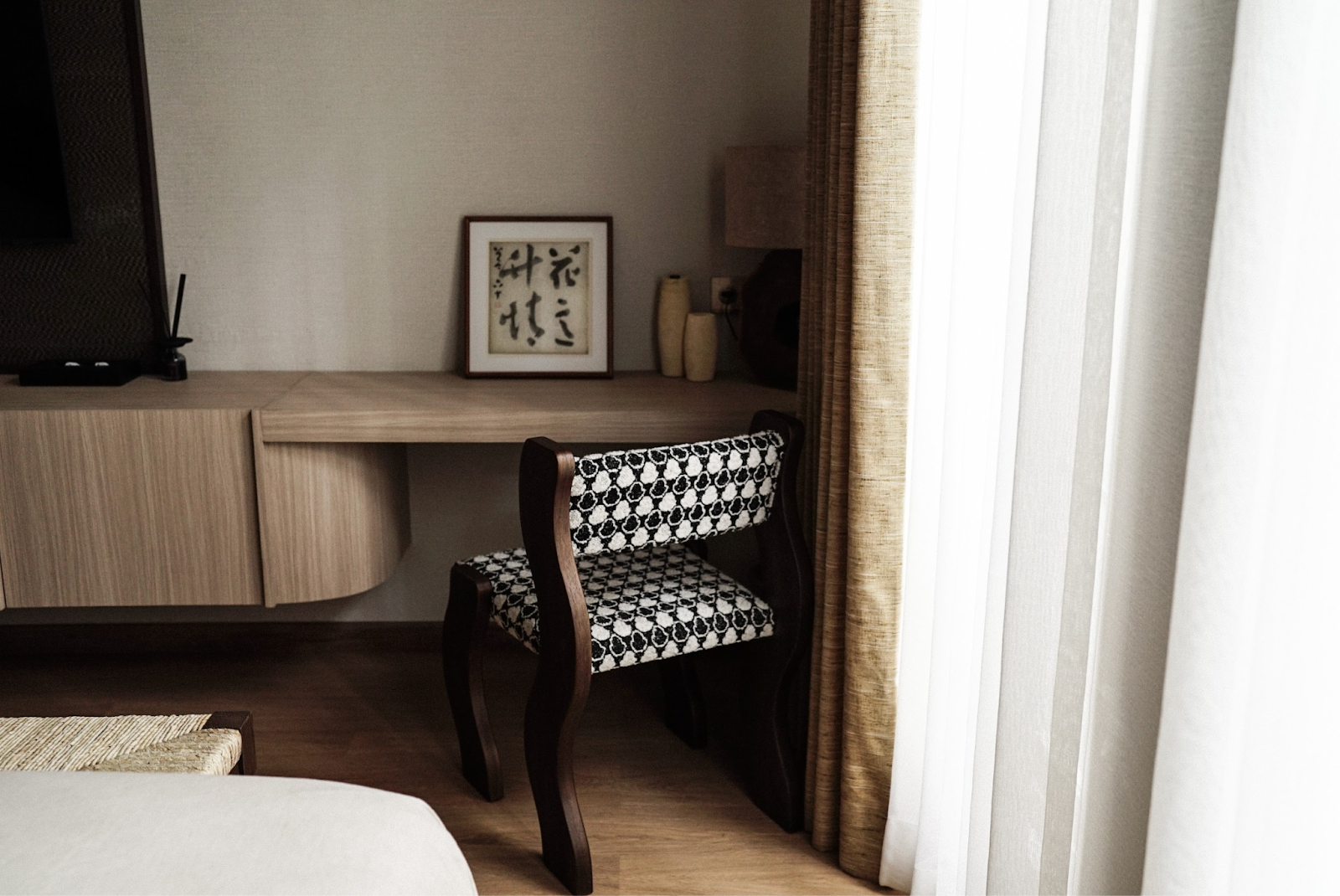
Japanese minimalism finds its roots in the centuries-old tradition of Zen Buddhism, which was originally influenced by Chinese Chan Buddhism before it evolved in Japan. At its core, Zen Buddhism advocates mindfulness, simplicity, and the appreciation of the present moment– values that naturally extended into Japan’s cultural expressions including art, architecture, and lifestyle.
In the realms of interior design, this philosophy manifests in the deliberate choice to live with only what is essential. The goal is to eliminate unnecessary clutter and distractions that interfere with clarity of thought and serenity. This means spaces are often open, uncluttered, and thoughtfully organized to enhance natural flow and connectivity between rooms.
Key features of Japanese minimalist interiors include:
- Natural elements: wood, bamboo, rice paper, and stone create a tactile and visual connection to nature.
- Neutral color palettes: Whites, soft browns, greys, and muted earthy tones dominate, promoting a calming atmosphere.
- Open space and fluidity: Furniture and architectural elements support easy movement and a harmonious relationship between indoor and outdoor spaces.
- Functional simplicity: Each object is deliberated upon for its utility and beauty, embracing the principle of less is more.
The Zen-Inspired Interior
To fully appreciate Japanese minimalism, one must understand the essence of Zen as a spiritual and visual language. The word “Zen” itself means meditation–hence Zen interior design is essentially about creating a contemplative environment. The focus is not just on aesthetic minimalism but on sculpting spaces that embody peace, balance, and a deep connection to nature.
Zen interior design incorporates:
- Natural materials: These provide texture and warmth while maintaining a grounding effect. Wood grains, smooth stones, and woven fabrics are typical in such spaces.
- Neutral and understated colors: Beiges, soft greys, whites, and subtle greens evoke calmness.
- Minimal furnishings: Often low and simple, designed to enhance posture and interaction while minimizing visual noise.
- Balanced composition: Asymmetry is common, reflecting natural imperfection and the Japanese philosophy of wabi-sabi– finding beauty in impermanence and imperfection.
- Natural light and plants: These elements bring vitality and a sense of outdoor inside, reinforcing tranquility.
By combining these qualities, Zen interiors create spaces where mindfulness flourishes– not by what is added, but what is intentionally omitted.
Japanese Minimalism Stays in Jakarta
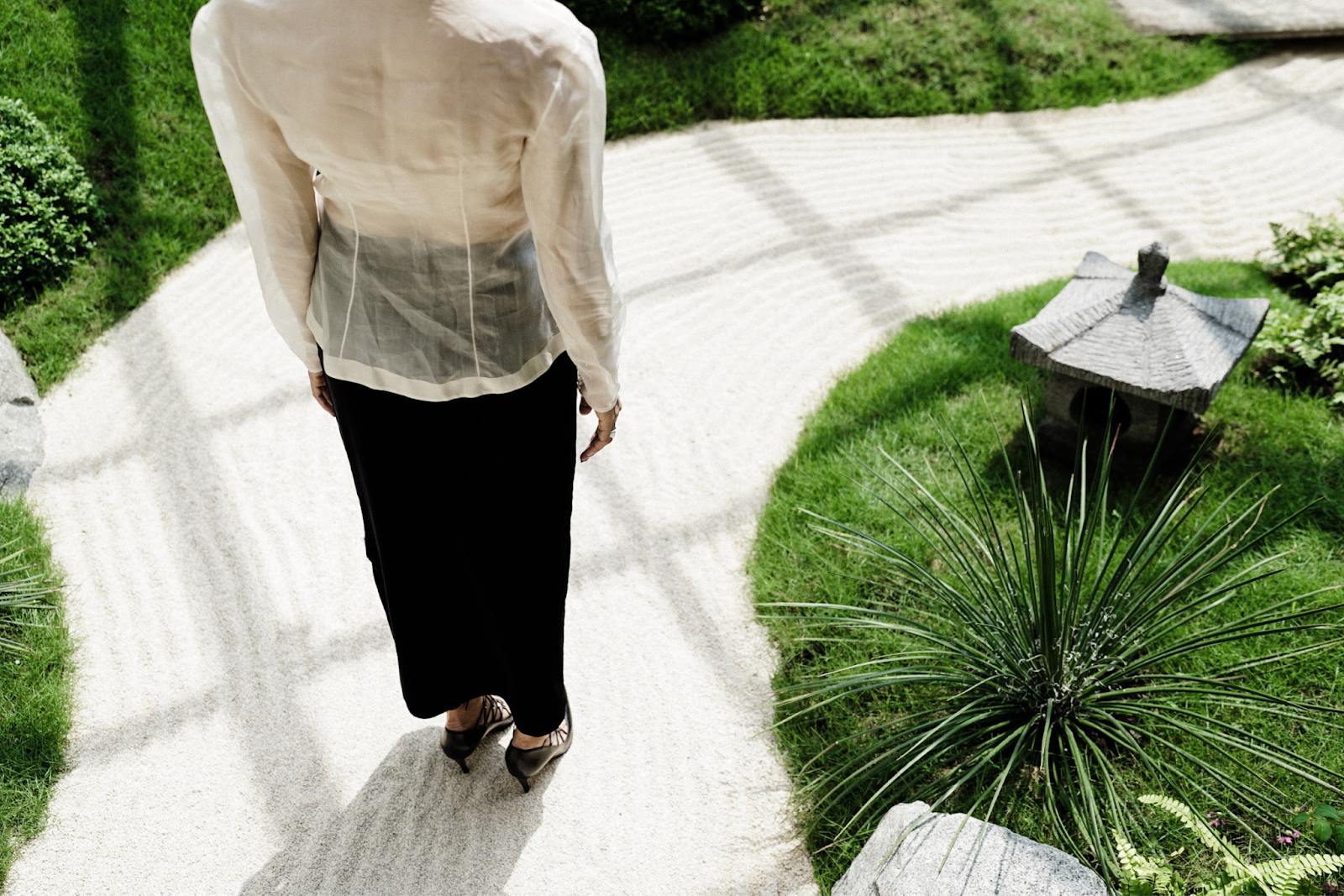
Jakarta’s bustling urban landscape may seem worlds apart from the tranquil gardens and tea houses of Japan, yet the city offers several exceptional accommodations that bring the spirit of Japanese minimalism and Zen interiors to life.
Cove Kama Stay is one such place. With its open-plan design, neutral tones, and use of natural materials, Cove Kama Stay offers guests a peaceful refuge from the city’s hectic pace. The interiors emphasize simplicity while maximizing comfort and utility, encouraging visitors to embrace a minimalist lifestyle during their stay.
Similarly, the Mazhoji Apartment presents an elegant slice of Japanese-inspired minimalism full of modern practicality. Clean lines, uncluttered spaces, and muted hues create a calm ambiance that complements Jakarta’s energetic environment. Its design philosophy focuses on mindfulness and balance, allowing guests to recharge and find clarity.
However, the standout is Sonar Ukiyo– a truly unique accommodation that goes beyond standard minimalist easthetics. Sonar Ukiyo integrates Japanese minimalism with Batak architectural storytelling weaving a rich cultural narrative into each space. It stands as a meditative sanctuary that honors both tradition and contemporary style.
In Sonar Ukiyo, the harmony between Japanese minimalism and Indonesian culture is palpable. Spaces are meticulously designed to balance simplicity with warmth, incorporating natural wood textures and organic materials reflective of both cultures. The interiors echo Zen principles– promoting flow, natural light, and an understated palette– while retaining a distinct local heritage through thoughtful art and architectural details.
This fusion creates a living experience that is not only visually stunning but deeply meaningful– a space where guests do not merely stay, but immerse themselves in a story of cultural resonance and mindful design.
Conclusion
Japanese minimalism and Zen interior design offer a timeless blueprint for creating living spaces that nurture peace, intention, and mindfulness. In the vibrant heart of Jakarta, Sonar Ukiyo offers an exceptional refuge that faithfully channels these philosophies while honoring Indonesian cultural identity.
If you desire a stay that transcends accommodation–where design becomes a pathway to calm and cultural connection–Sonar Ukiyo is your destination. Here, Japanese style and Zen interior design come alive in harmony with local tradition, inviting you to find peace in every detail.
Experience mindful living at its finest. Find peace in design, Sonar Ukiyo awaits.
Source:
8 key elements of Zen Interior Design: Blog. Old World Timber. (2022, November 9). https://www.oldworldtimber.com/8-key-elements-of-zen-interior-design/#:~:text=Zen%20interior%20design%20is%20all,natural%20materials%2C%20and%20neutral%20colors
Art, D. of A. (2002, October 1). Zen Buddhism. The Metropolitan Museum of Art. https://www.metmuseum.org/essays/zen-buddhism
Cove kama stay. Cove Indonesia. (n.d.). https://cove.id/en/properties/cove-kama-stay?availability=within-2-weeks&min-price=1000000&max-price=5900000
Flokq, H. (2023, October 16). Japanese style apartment with calm and Cozy Vibes: Flokq blog. https://www.flokq.com/blog/en/japanese-style-apartment

